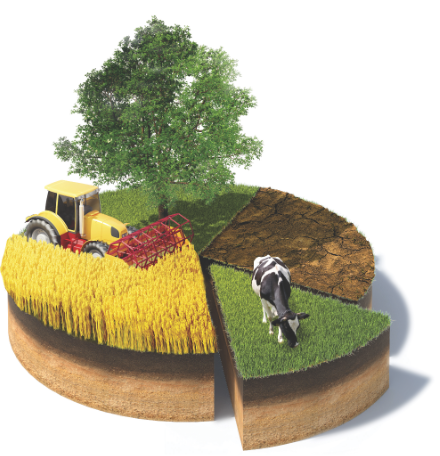Your cart is currently empty!
Its time to move from technical to practical!
 Australian’s tend to have a ‘can do attitude’, and when an issue arises, the nation often bands together to eliminate the problem ASAP. This attitude can be seen in the race to reduce CO2 emissions and as Australians progress towards being more environmentally sustainable. Australia will be one step closer to achieving this if we can manage new industries using resources as by-products from old industries. It is in this space that an Australian fly ash industry may emerge, bringing with it innovative leaders and entrepreneurs to incorporate fly ash as an integral part of their business.
Australian’s tend to have a ‘can do attitude’, and when an issue arises, the nation often bands together to eliminate the problem ASAP. This attitude can be seen in the race to reduce CO2 emissions and as Australians progress towards being more environmentally sustainable. Australia will be one step closer to achieving this if we can manage new industries using resources as by-products from old industries. It is in this space that an Australian fly ash industry may emerge, bringing with it innovative leaders and entrepreneurs to incorporate fly ash as an integral part of their business.
One solid performer in the alternative use of fly ash has been the use of furnace bottom ash (FBA) as a material for soil mixes, especially the soils being used as landscaping materials for green and high rise walls and roof top gardens. Through these applications, the use of fly ash in soils has with become the catalyst for the furnace bottom ash product to stand as an integral component of modern architecture and the building and construction industries for Australian cities.
Lightweight soil mixes are an essential commercial commodity. But supply of this new resource is being reduced as coal fired electricity is now supplemented with solar and wind generation. Currently, the market for soil in high-rise construction is increasing but obtaining the furnace bottom ash materials is difficult. Consequently, for the businesses that are pioneering the use of fly ash in soil applications, they now have considerable commercial risk.

The technical aspects of use? No, we have solved and innovated applications for using fly ash, which includes manufactured products, use in agricultural soils and civil uses. The problem is a lack of infrastructure for ash reuse. Power stations were not built to supply fly ash commercially, rather they were built to supply electricity supplied into a national grid and any resulting fly ash was managed as a waste. Therefore the challenge for the future will be to design systems which are built to include fly ash as part of the end product, not as a waste. An example of an ADAA member currently working on developing these systems will be examined in Coal Ash Matters: October 2016.
This article has been written by Dr. Jane Aiken. Dr Aiken is an advocate for use of fly ash for agriculture across Australia.
